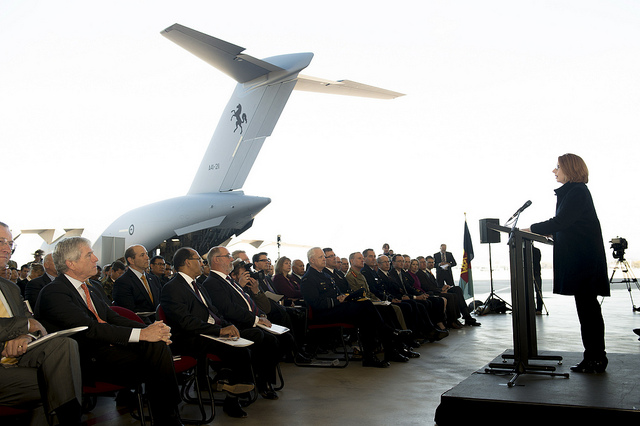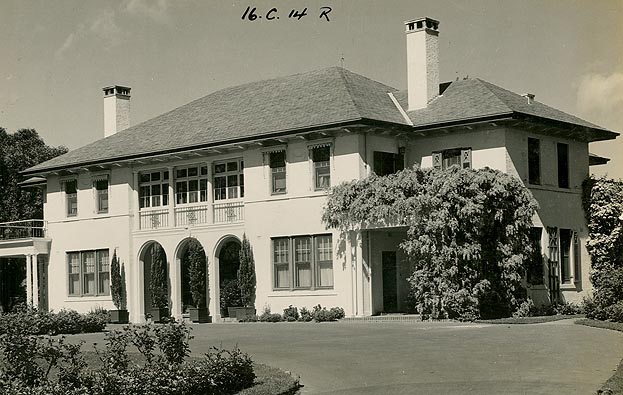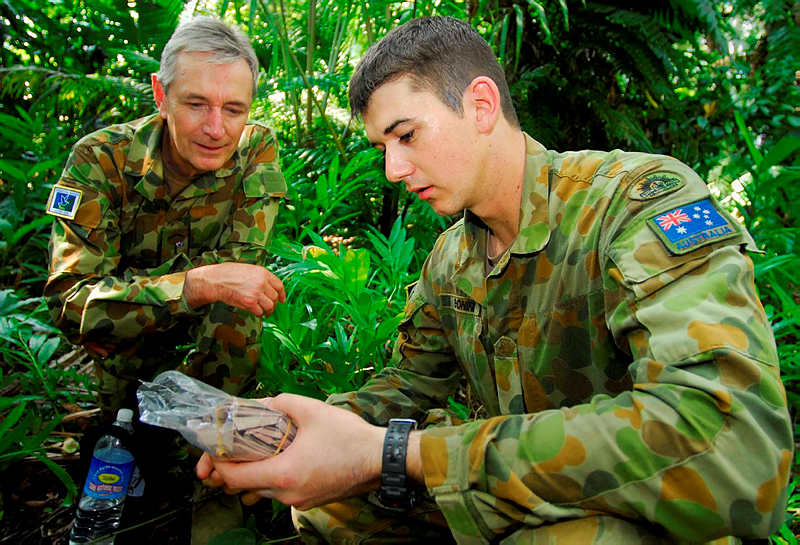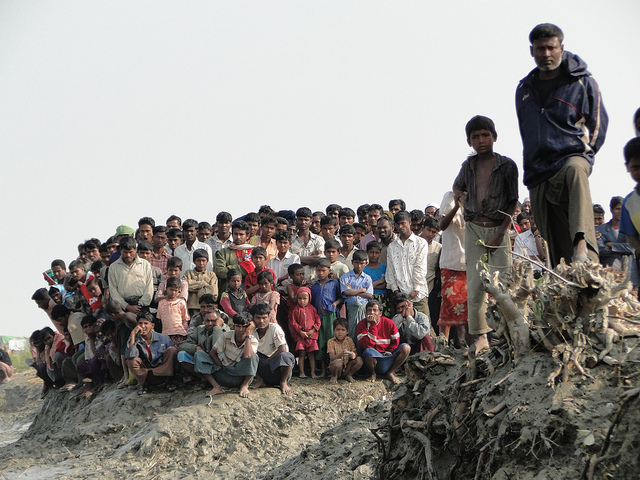Not a lot atoll
You can do a lot with a coral atoll. The US uses the leased UK territory of Diego Garcia ‘To provide forward support to operational forces forward deployed to the Indian Ocean and Persian Gulf…’. That includes logistical support for naval and air forces, and makes Washington’s job of projecting power into the Indian Ocean and Persian Gulf regions far simpler than it otherwise would be.
The new Defence White Paper confirms the implementation of the ADF Posture Review recommendations to make military use of the Cocos (Keeling) Islands, which lie about 1100 km from Indonesia, and 2100 km from Australia’s North West Cape.
The government will be…
…expanding the capacity of infrastructure to meet Navy’s future basing requirements; and upgrading airbases to better support aircraft operations, including for P-8A maritime surveillance operations from Cocos (Keeling) Islands.
Of course the Cocos are smaller than Diego Garcia. There isn’t the space to provide the same level of logistic support, so we probably won’t see major and permanent bases there. Nevertheless, the position of the atoll will make it a useful operational asset as the Indian Ocean and South East Asian sea lanes take on greater significance.
Andrew Davies is a senior analyst for defence capability at ASPI and executive editor of The Strategist. Harry White is an analyst at ASPI.






